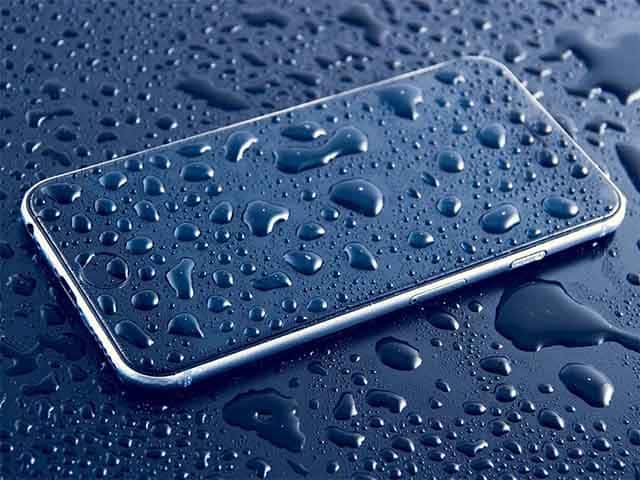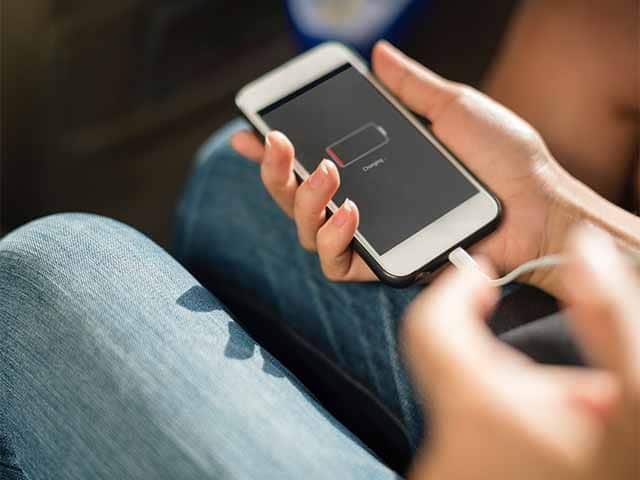Are you having trouble with phone overheating? The phone gets hot cause is a problem for all mobile users. so if you looking to know why it’s happening and how to fix it this is the right place for you. here you can know about why is your phone overheating and many more related things. keep reading to know…
Why is your phone overheating and, the phone says overheating, but it’s not; what is the Reason?
It sounds more like an app or background service is causing your phone’s processor to run indefinitely. When the processor is running at full speed all of the time, a lot of heat is produced as a byproduct. Because smartphones lack the ventilation and heat transfer mechanisms found in desktop computers, heat dissipation is always an issue.

The other possible reasons are,
- Putting the phone in water accidentally.
- A software glitch.
This issue is usually reported in Samsung A20, S20, and editions newer than that. The exact cause for the issue is not yet identified, but we will try to dig deeper into the issue and find the best possible solution for you in this article.
Also, read Phone Showing Charging But Battery Percentage Not Increasing.
Is there anything out of the ordinary in your Settings >> Battery menu? Some things, like the Android System, must always be running, and some things, like the Display, inherently require a lot of system resources as is, so you need to look at some app or service that’s consuming power that doesn’t make sense.
What causes the phone to overheat?
video by BRIGHT SIDE youtube channel
There are many things that cause the phone to overheat. But in this article, we mainly focus on false phone overheating messages.
But we thought to bring you the most common reasons for a phone to overheat. So here are those reasons.
- Gaming for extended periods of time
One of the best reasons to buy a smartphone is the sheer variety of available mobile games. High-intensity gaming apps, on the other hand, use your phone’s central processing cores in addition to its graphics processing unit (GPU), which can quickly warm up your phone.
- Your configuration isn’t optimal.
If your screen brightness is always at its maximum, or you use wallpapers that are animated and widgets, try a non-animated background and let your phone adjust the screen brightness to match your surroundings. This will reduce your phone’s CPU load and keep it from overheating.
- Outdated applications.
If an app contains a bug or has another issue, it may raise phone temperatures by overusing your device’s processor. Keep your applications and operating system up to date because updates frequently include critical bug fixes. Your phone should perform way better and overheat less frequently after you apply the update.
- Content streaming
Another good way to overwork your phone’s processor is to spend hours watching YouTube or Netflix. When you stream content or watch TV online, your phone must load video data and keep the Display active for an extended period of time.
- Updates to software.
A phone may overheat during or immediately following an update. This could be due to an OS bug that needed to be fixed via an update, which may necessitate increased power for a brief period of time (but should not cause long-term overheating).
- Environmental considerations.
On a hot day, leaving your phone outside in the sun or in your car can cause it to overheat. This will also cause the touchscreen to malfunction and the battery to drain faster. In addition to heat and sun exposure, water damage can cause phone overheating.
Read to know Why Phone Took a Picture by Itself – What Should You Do?
What to do if your phone overheats and won’t turn on?
For phones with built-in batteries, simply press the power and volume (-) buttons simultaneously for ten to fifteen seconds… and the phone will restart. For some phones, the volume (+) button may also suffice.

If the quick fix doesn’t work, then try the following troubleshooting options.
Examine your cable, charger, outlet, and case.
- Check that your cable and charger are in good working order.
- Try them on a different device.
- Make sure the charging cable is securely connected to both the charger and your phone.
- Check for debris in your phone’s port, such as dust or lint.
- Check that your outlet is operational.
- Connect the charger to a wall outlet.
- Connect something else, such as a lamp.
Examine your battery charge.
- Wait for one minute after plugging in your phone with a working cable, charger, and outlet.
- If you see a battery icon, it means your phone is turned off and charging. You can immediately restart.
- If you see a red light, it means your battery is completely discharged. If the red light flashes, there is insufficient power to turn it on. Before restarting, charge your phone for at least 30 minutes.
- Your screen may be broken if you don’t see a battery icon or a red light after plugging in your phone.
- Battery icons and lights differ depending on the phone. Contact your phone’s manufacturer for more information.
Examine your Display.
- For about 30 seconds, hold down the power button.
- Allow about 2 minutes.
- Set your phone to ring. You can dial it from another phone or use Find My Device to locate it. Discover how.
- Learn how to troubleshoot your screen if your phone rings. If not, proceed to the advanced steps (below).
Know about if your Phones have a Temperature Sensor?
Some related FAQs.
Why does my iPhone keep telling me that the temperature is too high?
Your iPhone gets hot because the battery and other hardware inside generate heat whenever it is in use, even if it is only charging. Your iPhone is built to dissipate heat, but an old battery, too many apps open, and even direct sunlight can cause it to overheat.
Can I put my phone in the refrigerator to cool it off?
Never, ever put an overheated phone in the refrigerator or freezer. Although both iPhones and Androids are designed to be used in temperatures as low as 32 degrees Fahrenheit, extreme temperature swings and moisture exposure can permanently damage your phone.
Is it a problem if your phone becomes hot while charging?
If your device has overheated, wait until it has cooled before charging it. Charging your phone will generate more heat, exacerbating the problem. Unplug your phone if it overheats while charging.
Is it safe to charge my phone wirelessly overnight?
The same is said by Android phone manufacturers, including Samsung. “Never leave your phone plugged in for extended periods of time or overnight.” According to Huawei, “keeping your battery level as close to the middle (30% to 70%) as possible can effectively prolong the battery life.”
Final words
We hope here you found the reasons and fixing about your phone overheating problem. anyway if you still have the problem comment below and share your thoughts. Thank you, Good day.

![Why Is My Phone Overheating [Explained & Fixed] 1 Phone Overheating problem](https://www.gamedotro.com/wp-content/uploads/2022/05/Why-Is-My-Phone-Overheating-1024x536.jpg)
